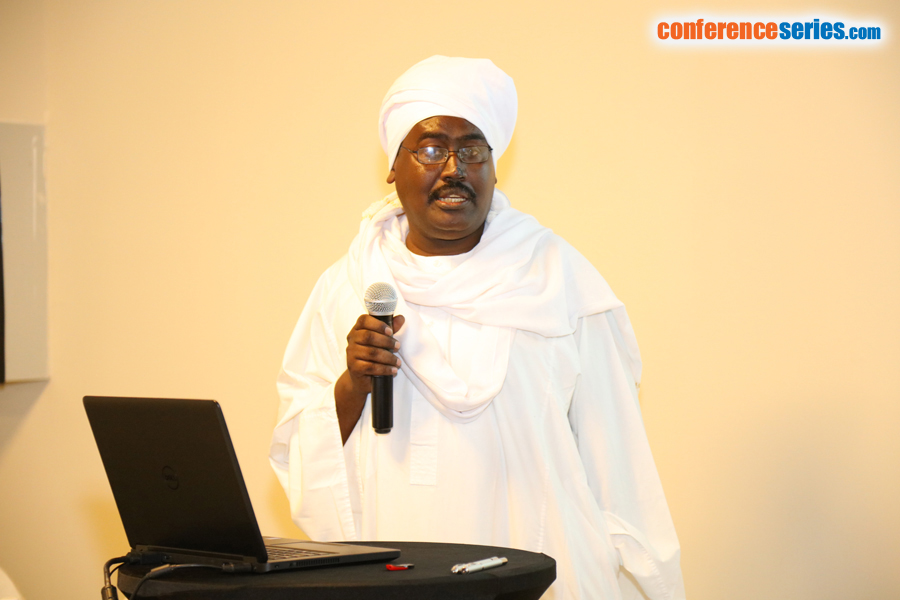
Haitham Eltigani Mohammed Ealawad
Omdurman Islamic University, Sudan
Title: The Possible Involvement of Epstein–Barr Virus in the Etiology of Leukemia in Sudanese patients
Biography
Biography: Haitham Eltigani Mohammed Ealawad
Abstract
The research studies the etiology of Leukemia. No single known cause for all of the different types of leukemia exists. Controversial hypotheses was proposed suggesting the role of physical as well as chemical and even biological factors as being responsible for Leukemia incidents. The actual cause of Leukemia which is a serious cancer in Sudan is still under scrutiny. We hypothesized that EBV could be involved in the etiology of leukemia. We describe here the results of our attempt to find a possible link between leukemia and EBV. It is generally accepted that the (EBV) is an important etiologic factor in various tumors. Virtually little was reported about the relationship between EBV genes and leukemia. However, no full-length analysis of any substrain of EBV in Sudan area has been reported. The main objective of this study is to assess the incidence and the significance of EBV in patients with leukemia disorder using diagnostic parameters including cell Morphology, immunologic markers, and molecular investigations. Our findings provided evidence of the involvement of EBV in patients with leukemia. The results suggested that EBV DNA genome encoding the non-glycosylated membrane protein BNRF1 pl43 was observed in a significant proportion of patients with ALL. We could not exclude a correlation between these viral infections and later leukemogenesis in childhood ALL in Sudan. Further investigation on the link between maternal EBV reactivation and the development of ALL in offspring needs to be explored. Nor latent infection nor congenital infection cannot be excluded.




